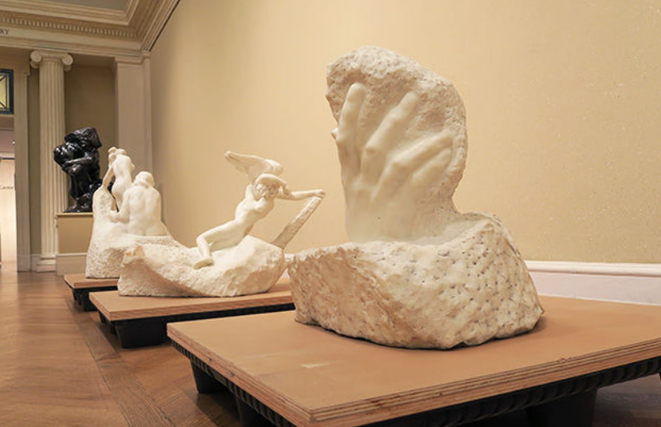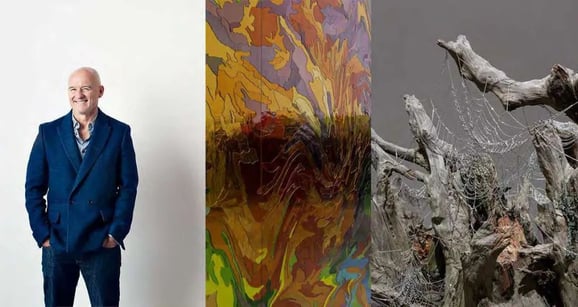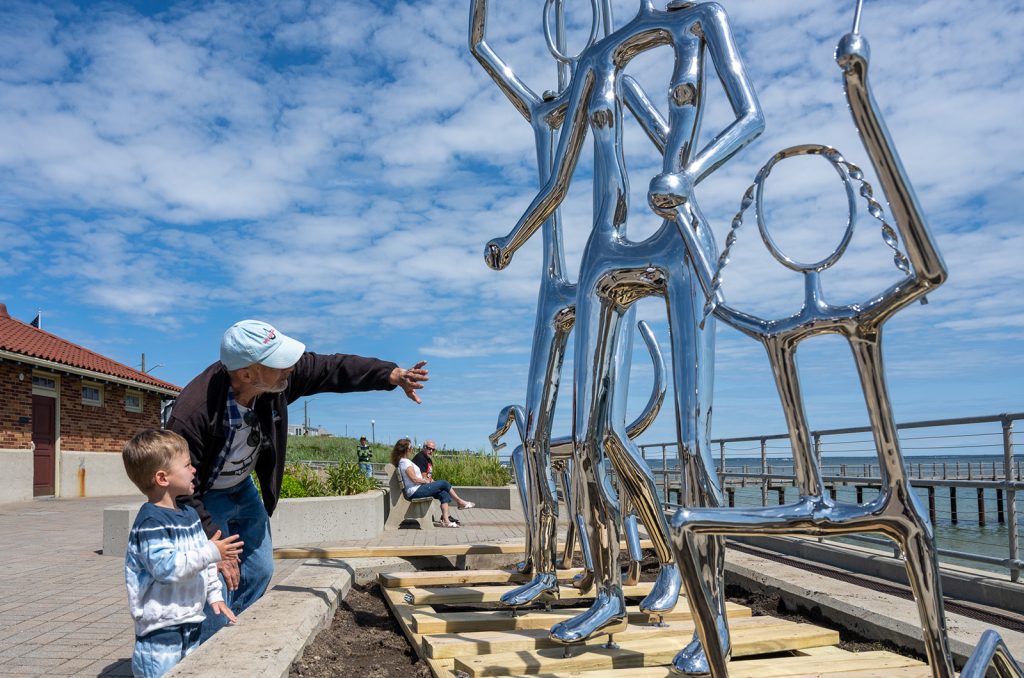Sculpting Emotion: Exploring Rodin’s Masterpieces at the Met Museum
If you’re a fan of art and sculpture, visiting the Metropolitan Museum of Art (the Met) is a must. Among its vast collection, the works of Auguste Rodin stand out for their ability to convey deep emotion and human experience. From expressive figures to innovative compositions, Rodin’s masterpieces offer a unique lens through which to appreciate the nuances of life.
The Emotional Depth of Rodin’s Work
Rodin is often hailed as the father of modern sculpture, and for good reason. His ability to capture human emotions in stone sets him apart from his contemporaries. Works like “The Thinker” embody a moment of contemplation, while “The Kiss” expresses intimacy and passion. At the Met, visitors can see how Rodin’s techniques, including his exploration of texture and form, bring these emotions to life. His sculptures resonate with viewers on many levels, inviting reflection on their own feelings and experiences.
Innovative Techniques in Sculpture
One of the reasons Rodin’s work remains relevant today is his innovative approach to sculpture. Unlike traditional sculptors who adhered strictly to classical ideals, Rodin embraced imperfection and spontaneity. His use of rough surfaces and unfinished elements challenges perceptions of beauty and craft, making his sculptures feel alive. The Met showcases this groundbreaking style, highlighting the techniques Rodin employed to create depth in his figures. By blending realism with a touch of abstraction, Rodin invites viewers to engage with the essence of his subjects rather than just their physical form.
Rodin’s Influence on Modern Art
Rodin’s impact on the art world extends far beyond his own creations. His groundbreaking ideas laid the foundation for numerous movements, including Expressionism and Surrealism. Many artists who followed, such as Henry Moore and Alberto Giacometti, drew inspiration from Rodin’s emotive style and innovative techniques. The exhibitions at the Met often compare Rodin’s work to that of these later artists, creating a dialogue between past and present. This connection not only enriches our understanding of Rodin but also shows how emotional expression in art continues to evolve.
Conclusion
Exploring Rodin’s masterpieces at the Met is more than just admiring exquisite sculptures; it’s an opportunity to connect with human emotions and understand the evolution of art. Whether you’re a seasoned art lover or a curious visitor, Rodin’s works encourage introspection and dialogue. So why not plan your visit to the Met and witness the emotional power of Rodin firsthand? You’ll leave inspired and perhaps with a new appreciation for the beauty of human experience.


